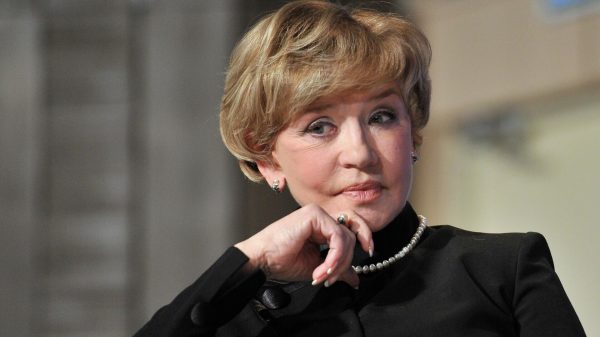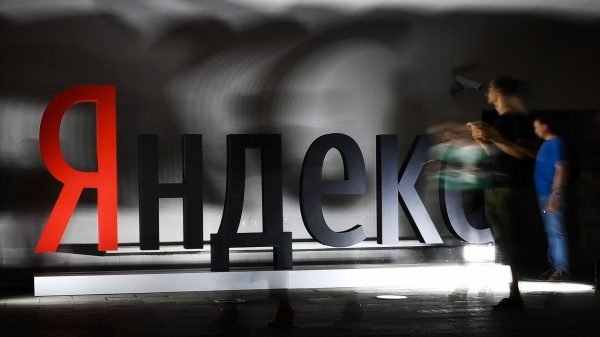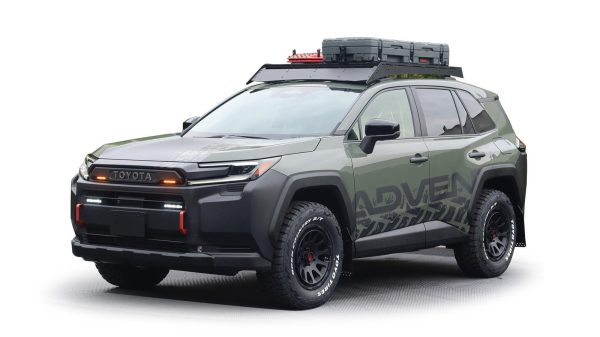You only have to look at the data published by Acea (Association of European Manufacturers) to see this. Take, for example, the last month analyzed: in August, Stellantis sold 145,392 cars, Volkswagen — 240,482, more than 95,000 units more.
Percentage changes give an even clearer picture of the situation: sales of cars from the Stellantis alliance increased by 6.3%, the group from Wolfsburg soared by 20.5%. In terms of market share, the Carlos Tavares-led company's share fell from 18.2% in 2022 to 16.1% in August, while Volkswagen's share remained stable at 26.6%.
If we look at ACEA results for the first eight months of 2023, the situation is no better, but even worse. Compared to the same period last year, Volkswagen sales exceeded two million vehicles (2,226,052), an increase of 24.2%, while Stellantis stood at 1,450,361 units with a modest increase of 4.3%. The gap between the two major automakers is almost 776,000 vehicles. Volkswagen's market share increased to 26.1 percent (from 24.8 percent), Stellantis' market share fell to 17 percent (from 19.2 percent in January-August 2022). In total, the gap is now 9.1 percentage points.
Among the top 15 groups, only Hyundai (+3.7%) performed worse than Stellantis, while Renault posted an increase of 22. 5%, and Toyota — by 12.1%.
Another thing that immediately catches your eye when flipping through the ACEA chart for the first eight months of 2023, — This is a very small number of negative signs in a market (EU + EFTA + UK) that is growing at 20.7% globally. «Visual» The shock comes from the Fiat/Abarth and Citroën figures: -3.5% to 257,621 vehicles and -3.1% to 248,452 units, respectively. In fact, among the top 34 brands, down to Jaguar (-12.1%), the two Stellantis-owned brands are the only ones to post a negative value.
























































Свежие комментарии